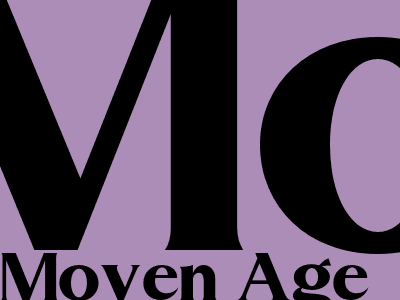SEO for Bloggers: A Comprehensive Guide to Boosting Your Traffic
Introduction
In today's digital landscape, search engine optimization (SEO) is crucial for bloggers seeking to increase their online visibility, drive traffic to their websites, and establish a strong online presence. This comprehensive guide provides bloggers with an in-depth understanding of SEO best practices, covering various aspects of on-page optimization, content strategy, link building, and technical SEO. By implementing these techniques, bloggers can significantly enhance their search engine rankings, attract a wider audience, and achieve their blogging goals.
On-Page Optimization Techniques for Enhanced Visibility
1. Keyword Research and Implementation
Identifying relevant keywords is essential for optimizing your blog content for search engines. Conduct thorough keyword research to uncover search terms your target audience is using. Incorporate these keywords naturally into your blog titles, headings, and body text, ensuring they align with the overall context and readability of your content.
2. Title Tag Optimization
The title tag is a critical element that search engines use to display your blog post in search results. Craft concise, informative title tags that accurately reflect the content of your post. Include your primary keyword near the beginning of the title tag and keep it within the recommended character limit.
3. Description Tag Optimization
The description tag provides a brief summary of your blog post's content, displayed beneath the title tag in search results. Write compelling descriptions that entice users to click through to your post. Include a call to action and ensure the description accurately reflects the content, without exceeding the recommended character limit.
4. Header Tags and Content Structure
Header tags (H1, H2, H3, etc.) help search engines and readers understand the structure and hierarchy of your blog post. Use H1 for the main title and H2-H6 for subheadings and sections. Structure your content logically, ensuring each section flows smoothly and provides valuable information.
5. Image Optimization
Images enhance the visual appeal of your blog posts and provide additional opportunities for SEO optimization. Use descriptive filenames for images, including relevant keywords. Add alt tags to describe the content of each image, providing context for search engines and visually impaired users.
Content Strategy for Engaging and Shareable Content
1. Create High-Quality, In-Depth Content
Providing valuable, informative, and engaging content is the cornerstone of effective SEO. Conduct thorough research, present unique insights, and offer solutions to your target audience's problems. Avoid duplicate content and ensure your posts are well-written, free of grammatical errors, and easy to read.
2. Focus on User Intent
Understand the intent behind your target audience's search queries. Anticipate their needs and tailor your content to address their specific questions. Provide comprehensive answers, cover multiple aspects of a topic, and offer practical tips or actionable advice.
3. Promote Shareability
Create content that resonates with your readers and encourages them to share it with others. Use social media sharing buttons, make your content easy to quote or cite, and encourage guest blogging opportunities to expand your reach and build credibility.
Link Building for Establishing Credibility and Authority
1. Build High-Quality Backlinks
Acquiring backlinks from reputable websites is essential for improving your search engine rankings and establishing your blog as an authority in your niche. Reach out to other bloggers and website owners in your industry, offer valuable content, and build relationships to earn natural backlinks.
2. Guest Posting Opportunities
Guest blogging on authoritative websites provides valuable backlinks and helps you reach a wider audience. Identify high-quality blogs in your niche, offer to write guest posts that provide value to their readers, and include a link back to your own website.
3. Monitor Your Backlink Profile
Regularly monitor your backlink profile using tools like Google Search Console or Ahrefs. Identify and disavow any low-quality or spammy backlinks that could damage your SEO rankings.
Technical SEO for Enhanced Performance and Accessibility
1. Website Speed and Performance
Website speed and performance significantly impact user experience and SEO rankings. Optimize your website's loading speed by minifying code, optimizing images, and leveraging caching techniques. Use tools like Google PageSpeed Insights to analyze your website's performance and identify areas for improvement.
2. Mobile Responsiveness
With the increasing use of mobile devices, it's crucial to ensure your blog is mobile-responsive. Use a responsive design that adapts to different screen sizes and provides a seamless user experience across all devices.
3. XML Sitemap and Robots.txt File
An XML sitemap provides search engines with a comprehensive list of your blog's pages, ensuring that all your content is indexed and accessible. Create a robots.txt file to guide search engine crawlers, instructing them which pages to crawl and which to ignore.
Conclusion
By implementing the SEO techniques outlined in this comprehensive guide, bloggers can significantly enhance their search engine visibility, attract a wider audience, and achieve their blogging goals. Remember that SEO is an ongoing process that requires consistent effort and adaptation to evolving search engine algorithms. Stay up-to-date with the latest industry trends and best practices to maintain your rankings and continue providing valuable content to your readers.

Comments